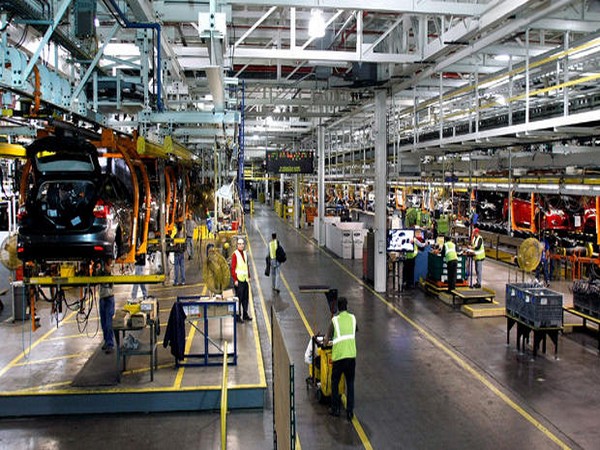
New Delhi: India's manufacturing sector gained fresh momentum in April, driven by a sharp increase in output and robust international demand, according to the latest HSBC India Manufacturing Purchasing Managers' Index.
The seasonally adjusted PMI edged up marginally to 58.2 in April from 58.1 in March, marking the strongest improvement in the sector's health in ten months.
Pranjul Bhandari, Chief India Economist at HSBC, said, "The notable increase in new export orders in April may indicate a potential shift in production to India, as businesses adapt to the evolving trade landscape and US tariff announcements."
Bhandari added, "Manufacturing output growth strengthened to a ten-month high on robust orders. Input prices increased slightly faster, but the impact on margins could be more than offset by the much-faster rise in output prices, of which the index jumped to the highest level since October 2013."
The upbeat figures were underpinned by a surge in new orders, both domestic and international.
Export orders saw their second-fastest increase in 14 years--surpassed only once since March 2011--highlighting a significant boost in global demand for Indian-made goods.
Companies reported rising interest from key regions, including Africa, Asia, Europe, the Middle East, and the Americas.
Manufacturing output expanded at its quickest rate since June 2024, with widespread growth across subsectors.
Consumer goods manufacturers led the upturn. Rising demand also prompted a notable increase in employment, with 9 per cent of surveyed firms hiring additional staff, both on permanent and temporary contracts.
HSBC PMI mentioned, "A key factor contributing to the latest improvement in output growth was a sharp rise in new business. Little-changed from March, the rate of expansion was the second-strongest for nine months."
Despite higher input costs--driven by expenses in labour, transportation, steel, and other materials--manufacturers were able to pass these on to customers. Selling prices rose at the fastest pace since October 2013, even as input cost inflation remained moderate in comparison.
The influx of new orders also led to increased purchasing activity and stockpiling, with input inventories growing at the fastest pace since August 2024. However, post-production inventories declined at the sharpest rate in nearly three and a half years, indicating strong demand fulfilment.
Backlogs of work grew for the third consecutive month, with the rate of accumulation hitting a 15-month high. Meanwhile, supplier delivery times continued to improve, albeit slightly, reflecting reduced pressure on supply chains.
Looking ahead, manufacturers expressed strong optimism about the year ahead, buoyed by expectations of continued demand growth, enhanced marketing efforts, and new client acquisitions.
The PMI data signals a robust start to the 2025/26 fiscal year for Indian manufacturing, reinforcing its role as a key driver of economic momentum.